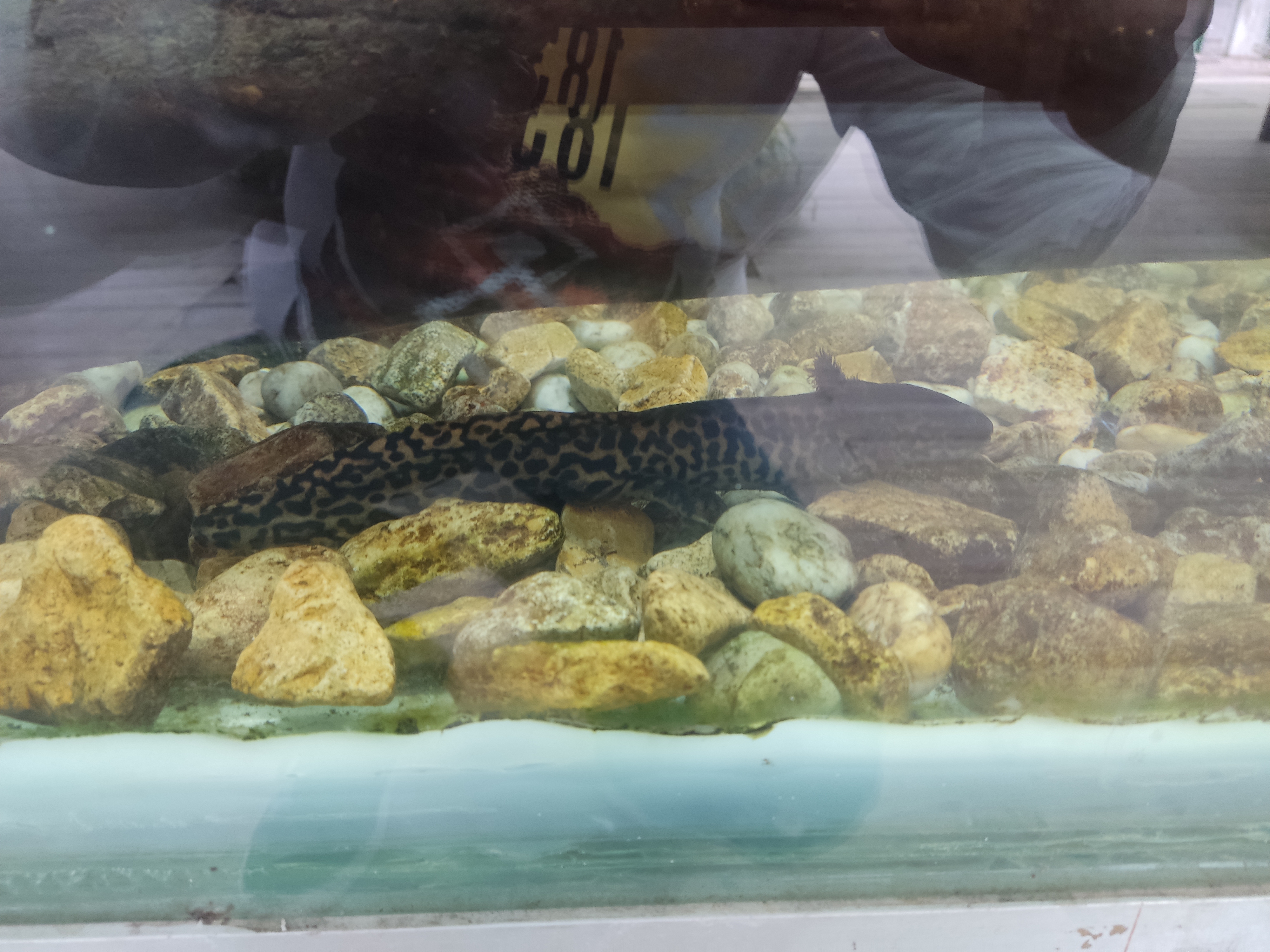Anderson's salamander on:
[Wikipedia]
[Google]
[Amazon]
 Anderson's salamander (''Ambystoma andersoni'') is a
Anderson's salamander (''Ambystoma andersoni'') is a

 Anderson's salamander (''Ambystoma andersoni'') is a
Anderson's salamander (''Ambystoma andersoni'') is a neotenic
Neoteny (), also called juvenilization,Montagu, A. (1989). Growing Young. Bergin & Garvey: CT. is the delaying or slowing of the physiological, or somatic, development of an organism, typically an animal. Neoteny is found in modern humans compare ...
salamander
Salamanders are a group of amphibians typically characterized by their lizard-like appearance, with slender bodies, blunt snouts, short limbs projecting at right angles to the body, and the presence of a tail in both larvae and adults. All t ...
from Zacapu Lagoon
The Zacapu Lagoon is a small perennial wetland located within the urban area of Zacapu, Michoacán, Mexico. It has an approximate area of 33 hectares, connects with the Lerma River through the Angulo River and is fed by 20 springs. The Zacapu La ...
in the Mexican state
The states of Mexico are first-level administrative territorial entities of the country of Mexico, which is officially named United Mexican States. There are 32 federal entities in Mexico (31 states and the capital, Mexico City, as a separate en ...
of Michoacán
Michoacán, formally Michoacán de Ocampo (; Purépecha: ), officially the Free and Sovereign State of Michoacán de Ocampo ( es, Estado Libre y Soberano de Michoacán de Ocampo), is one of the 32 states which comprise the Federal Entities of ...
.
This salamander is a relatively recent discovery, first described by Branden and Krebs in 1984. ''Ambystoma andersoni'' is named after James Anderson, a herpetologist
Herpetology (from Greek ἑρπετόν ''herpetón'', meaning "reptile" or "creeping animal") is the branch of zoology concerned with the study of amphibians (including frogs, toads, salamanders, newts, and caecilians ( gymnophiona)) and rep ...
with the American Museum of Natural History
The American Museum of Natural History (abbreviated as AMNH) is a natural history museum on the Upper West Side of Manhattan in New York City. In Theodore Roosevelt Park, across the street from Central Park, the museum complex comprises 26 int ...
, who did extensive fieldwork studying ''Ambystoma'' and other amphibians and reptiles in Mexico.
Like all neotenic ''Ambystoma'' species, ''A. andersoni'' retains its larva
A larva (; plural larvae ) is a distinct juvenile form many animals undergo before metamorphosis into adults. Animals with indirect development such as insects, amphibians, or cnidarians typically have a larval phase of their life cycle.
...
l features into adulthood. The mature salamander has medium-sized external gills External gills are the gills of an animal, most typically an amphibian, that are exposed to the environment, rather than set inside the pharynx and covered by gill slits, as they are in most fishes. Instead, the respiratory organs are set on a fril ...
with bright red filaments, and a prominent caudal fin
Fins are distinctive anatomical features composed of bony spines or rays protruding from the body of a fish. They are covered with skin and joined together either in a webbed fashion, as seen in most bony fish, or similar to a flipper, as se ...
. It has a large head and small limbs, as do the larvae. Its coloration is a strange pattern of black blotches on a red-brown base. The salamanders are totally aquatic and spend their whole lives in the same body of water.
Habitat
Lake Zacapu is small lake nearZacapu
Zacapu (''Place of Stones''), is a city and surrounding municipality in the Nahuatzen mountains of Michoacán, Mexico. It is located at . The municipality has an area of . Geographic features in Zacapu include the Cerro del Tecolote mountain ran ...
, sitting at an altitude of 2000 meters. The lake is located within the Mesa Central portion of Mexico, an area home to many neotenic ''Ambystoma'' species. It is temperate
In geography, the temperate climates of Earth occur in the middle latitudes (23.5° to 66.5° N/S of Equator), which span between the tropics and the polar regions of Earth. These zones generally have wider temperature ranges throughout ...
, with low salinity
Salinity () is the saltiness or amount of salt (chemistry), salt dissolved in a body of water, called saline water (see also soil salinity). It is usually measured in g/L or g/kg (grams of salt per liter/kilogram of water; the latter is dimensio ...
, and has a single stream originating from it.
''Ambystoma andersoni'' is listed as critically endangered on the IUCN Red List.

References
* Database entry includes a range map and justification for why this species is critically endangered {{Taxonbar, from=Q491418 Mole salamanders Amphibians described in 1984